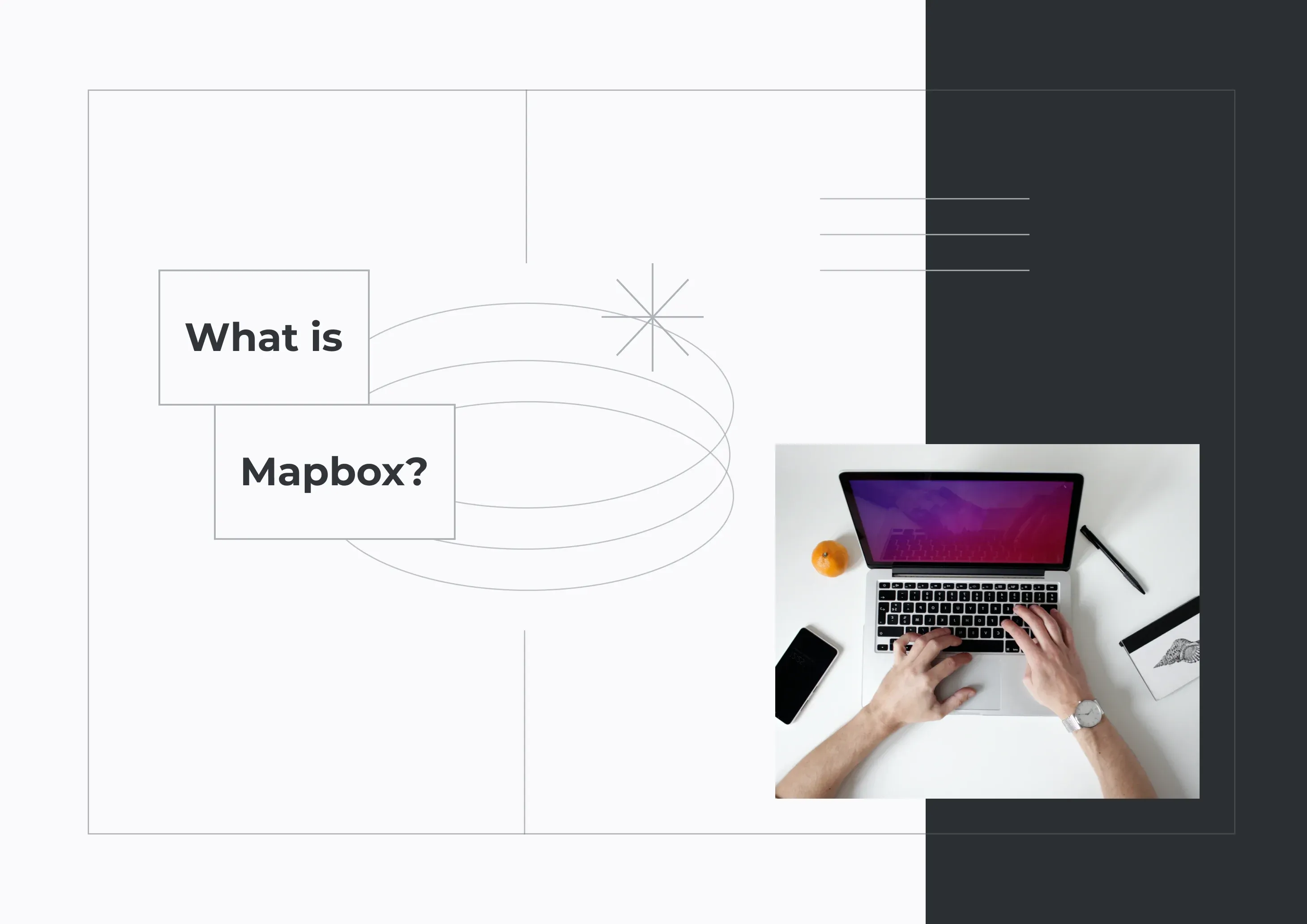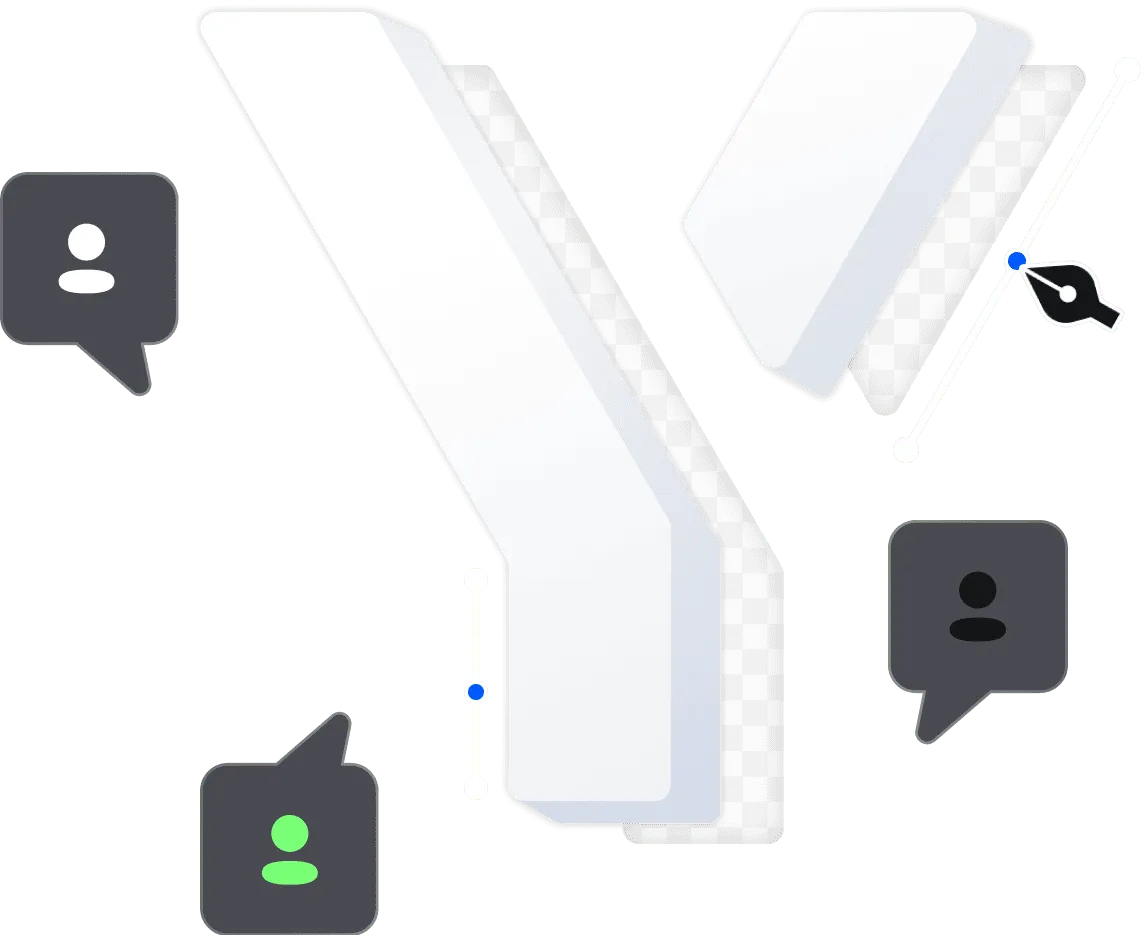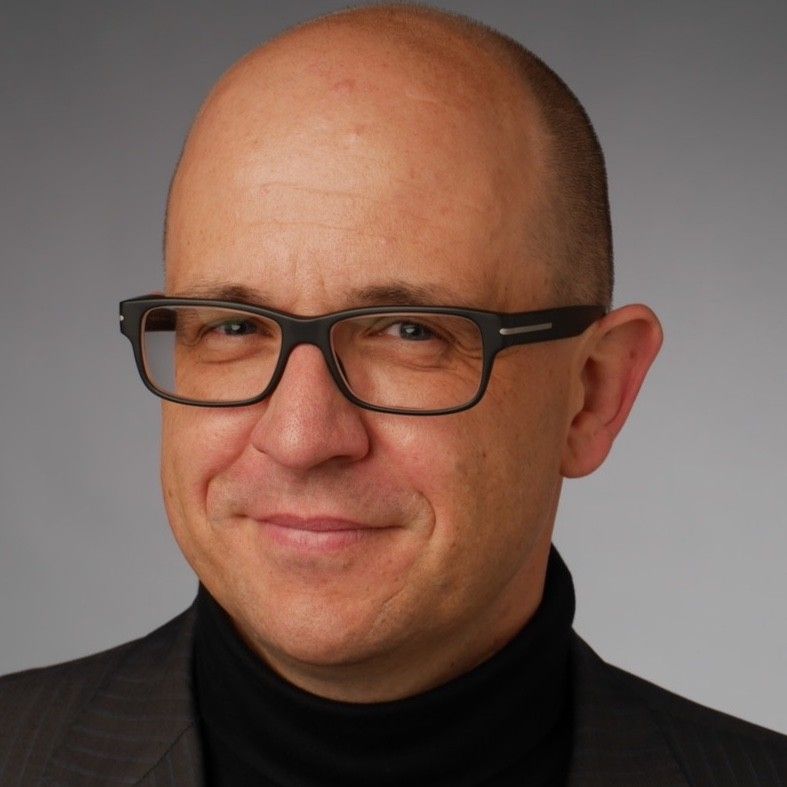Mapbox vs Google Maps

When it comes to embedding online maps into websites and mobile apps, Google Maps is likely to be the first mapping service that springs to mind. The platform is the number one choice of many Android, iOS, and web developers around the globe for a reason. It is convenient and feature-rich, not to mention the service’s huge coverage. Nevertheless, due to a significant rise in price and a steep reduction in the number of free Dynamic Maps JavaScript API calls quite a few developers have started to look for a decent Google Maps alternative. Therefore, our Mapbox vs Google Maps comparison is up to date.
Let’s take a look at the changes we have mentioned. Before July 2018 companies that used Google Maps could enjoy 750,000 free API calls per month. Now the number of free requests is only 28,000 per month which is almost 30 times less. On top of that, once the free quota is exceeded, a company will now be charged $7 for every 1,000 API calls instead of $0,5 as it was previously.
This situation has made some companies, like Foursquare, migrate to a cheaper Google Maps alternative, Mapbox. However, is this solution better than Google Maps? Let's find out. Hopefully, this detailed Mapbox vs Google Maps comparison will give you an answer.
Who's in Charge Here?
 If you are working on the development of an application that needs a geo-location service, you will be happy to discover that there are quite a few APIs to choose from. Google Maps, of course, remains the most influential web mapping service leaving other solutions far behind. However, even though Google Maps has the lion’s share, it doesn’t mean that it has no flaws. As we were saying, there’s a number of big and small companies that have already switched to Google’s API competitors like Mapbox. The truth is, if you look up on Google Trends and compare Mapbox API and Google Maps API, you will find that the interest in the first one grew slightly over the last 12 months. There’s a decent chance that in the future the number of businesses who will be using Mapbox instead of Google Maps will get bigger. After all, Google has gained undeniable dominance that can hardly be beaten overnight. There are literally thousands of applications with Google Maps integration because the service can boast of accurate data. In turn, there are approximately 45,000 apps that are powered by Mapbox SDKs. So, as we can see, even though Mapbox doesn’t have such wide popularity, it can be considered as a decent alternative to Google Maps.
If you are working on the development of an application that needs a geo-location service, you will be happy to discover that there are quite a few APIs to choose from. Google Maps, of course, remains the most influential web mapping service leaving other solutions far behind. However, even though Google Maps has the lion’s share, it doesn’t mean that it has no flaws. As we were saying, there’s a number of big and small companies that have already switched to Google’s API competitors like Mapbox. The truth is, if you look up on Google Trends and compare Mapbox API and Google Maps API, you will find that the interest in the first one grew slightly over the last 12 months. There’s a decent chance that in the future the number of businesses who will be using Mapbox instead of Google Maps will get bigger. After all, Google has gained undeniable dominance that can hardly be beaten overnight. There are literally thousands of applications with Google Maps integration because the service can boast of accurate data. In turn, there are approximately 45,000 apps that are powered by Mapbox SDKs. So, as we can see, even though Mapbox doesn’t have such wide popularity, it can be considered as a decent alternative to Google Maps.
What is Google Maps API?
 Google Maps is a leading web mapping service that is developed and powered by Google. This platform is a set of SDKs and APIs that allow creating custom maps for websites and mobile apps. As well as that, this powerful tool can be used to show live location-synced data, create a mashup, and plan routes. Since the platform has been here for a while, it has managed to prove itself as a leader in the web mapping industry. It can be added that the JavaScript API makes it easy to integrate Google Maps into any application, service, or site. The features this routing service offers are countless: from geocoding and satellite imagery to routing and street view mode. Needless to say that there is a big number of companies that use Google Maps including Snapchat, Lyft, Trip Advisor, and others.
Google Maps is a leading web mapping service that is developed and powered by Google. This platform is a set of SDKs and APIs that allow creating custom maps for websites and mobile apps. As well as that, this powerful tool can be used to show live location-synced data, create a mashup, and plan routes. Since the platform has been here for a while, it has managed to prove itself as a leader in the web mapping industry. It can be added that the JavaScript API makes it easy to integrate Google Maps into any application, service, or site. The features this routing service offers are countless: from geocoding and satellite imagery to routing and street view mode. Needless to say that there is a big number of companies that use Google Maps including Snapchat, Lyft, Trip Advisor, and others.
What is Mapbox?
 Mapbox is one of the most advanced mapping services and one of the best alternatives to Google Maps at the moment. The open-source mapping platform is created by developers and for developers. The solution provides the easy-to-use set of tools for creating custom dynamic and static maps for both mobile applications and websites. Users get full control over the style of the maps, including backgrounds. It is worth noting that the platform gives access to a big number of textures, illustrations, custom markers, static maps, and much more. There are also a lot of cool additional services such as geocoding and satellite imagery. Among companies that have given their preference to Mapbox, there are Facebook, Shopify, Adobe, The New York Times, to name a few.
Mapbox is one of the most advanced mapping services and one of the best alternatives to Google Maps at the moment. The open-source mapping platform is created by developers and for developers. The solution provides the easy-to-use set of tools for creating custom dynamic and static maps for both mobile applications and websites. Users get full control over the style of the maps, including backgrounds. It is worth noting that the platform gives access to a big number of textures, illustrations, custom markers, static maps, and much more. There are also a lot of cool additional services such as geocoding and satellite imagery. Among companies that have given their preference to Mapbox, there are Facebook, Shopify, Adobe, The New York Times, to name a few.
Similarities between Mapbox and Google Maps
It won’t come out as a surprise that the two web mapping services have quite a few common features. Here they are:
Great customization opportunities. Not only do both SDKs offer convenient visual editors for creating custom maps, but they are also easy to use.
Advanced search functionality. Both Google Maps and Mapbox have the features of autocomplete suggestions integrated into their JavaScript APIs. Thanks to the complex algorithms, it is possible to search for specific places by setting various search paraments such as addresses and types of businesses. The relevant results will be shown even if a search inquiry is given with misspellings.
Quality satellite imagery. Both mapping platforms provide high-quality satellite imagery solutions using global satellites. Although Google is slightly ahead of Mapbox Satellite Streets, the latter keeps improving.

Mapbox vs Google Maps: Pricing
Back in the day, when Google’s pricing rates for their Dynamic Maps API were just $0.50 per 1,000 requests, it was safe to say that Mapbox had had less functionality to offer for free. However, now that Google has cut down the number of free map views to only 28,000 a month and started charging customers $7 per 1,000 requests, things are different. Mapbox with their 50,000 free monthly loads steps in the game. Their API pricing is also more than affordable. In terms of costs, Mapbox is more flexible: it offers five different plans, from a free start-up plan to a full-blown corporate plan. However, when choosing the SDK, take into account all expenses developers will face while implementing APIs and customizing the maps.
Google Maps vs Mapbox: Pros and Cons
Under the caring wing of Google, the Google Maps platform has managed to become the number one mapping service with over a billion active monthly users. However, it doesn't mean that there are no drawbacks at all.
Mapbox definitely stands out among all geolocation services. It provides web and mobile developers with a wide array of useful mapping tools. According to Mapbox, about 150,000 developers use their services and the number is constantly growing. The platform is attractive in a lot of ways. Their free tier along with affordable pricing packages deserves special attention.
Let's take a look at the major pros and cons.
| Pros | |
|---|---|
Google Maps
|
Mapbox
|
| Cons | |
Google Maps
|
Mapbox
|
Google Maps vs Mapbox: Conclusion
It would be a mistake to claim that one web mapping platform is significantly better than the other because they both have some notable strengths as well as weaknesses. To decide which solution to go with, you will first need to answer a few essential questions:
1. What sort of business do you have?
If, say, you are an owner of a street-based retail store or develop a trip planner application, Google Maps will be a perfect match. The service’s coverage is huge and it can boast of the most accurate information on different locations. On the other hand, if your business has something to do with delivery or logistics, Mapbox has the upper hand thanks to the service’s offline mode.
2. Are you running a small business or a large company?
The scale of your business will influence your choice of the mapping service. In case you have a small application or website that doesn’t deal with a big number of map views, there’s no need to look for Google Maps alternatives since you probably won’t notice the spike in their prices. However, for custom solutions with heavier data usage, Mapbox is a more useful option thanks to their reasonable pricing plans.
As we know, there’s no smoke without fire. There are reasons why Google Maps holds leading positions. The platform provides the most accurate and up-to-date map data, not to mention its integration into other useful Google’s services such as Google Places and Businesses. No matter how good the alternatives are, they still can outrun Google Maps, the best API at the moment.

Yojji successfully delivered the project within schedule. They demonstrated excellent project management via weekly sprint demos and promptly made adjustments based on the client's feedback. Their responsiveness and collaborative attitude were key elements of their work.

5.0
Yojji was an instrumental part of the client’s team, working closely with them to achieve the product’s success. The team was very collaborative and timely, and their performance was amazing. Additionally, their resources were experienced, professional, and enjoyable to work with.

5.0
Yojii is impressive both in quality of development work as well as their commitment. Strong focus on delivery, highly technical personnel, flexible approach that allows for rapid development. Strong processes that allow for solid controls.

5.0
We’re very happy with the way that Yojji works, which is why we’ve spent so much money and engaged them for such a long time. We treat them as employees in regard to responsibilities and expectations, and they haven’t disappointed us.

5.0
As a company, we find Yojji to be excellent development partners - we cannot recommend them more highly and will be very happy to continue working with them in the future.

5.0
They are really nice people with excellent technical backgrounds.

5.0
We used Agile project management methodology and were in contact with the team and project manager daily.

5.0
They all had a super positive outlook and were dedicated to getting the work completed to a high standard.

5.0
Yojji has delivered an accessible product with thorough consideration for the client's requirements. Users have commented on the platform's user-friendliness and speed. Moreover, the team is easy to communicate with and provides frequent updates. Their development and design skills are impressive.

5.0
